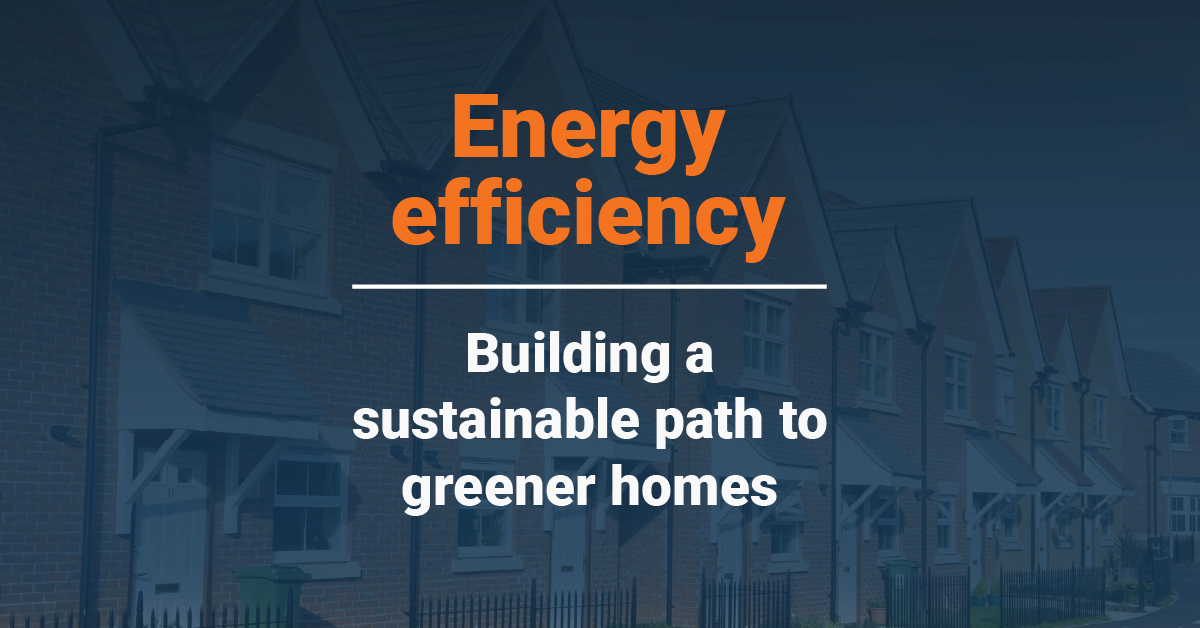

Energy efficiency deadlines must be staggered, says NRLA
Staggered compliance deadlines are vital if the Government's new energy efficiency plans are to work, warns the NRLA.
The association made the argument in its official response to the Government consultation on new Minimum Energy Efficiency Standards, which closes today.
The controversial plans will require all rental homes to a have an EPC rating of C or above to be legally rented out.
We have consistently warned the Government that the proposals, with a cost cap of £15,000 per property, will place a huge financial strain on landlords, an issue exacerbated by a dearth of skilled tradespeople to carry out the work.
What does the NRLA want?
The Government is proposing energy efficiency to be measured using three metrics:
-
Fabric efficiency – how well the building retains heat.
-
Heating system – whether the property has the capacity to have a heat pump or similar system.
-
Smart readiness – the presence of technologies like solar panels and smart thermostats.
Under the Government’s proposals, landlords will need to meet the fabric metrics for new tenancies by 2028 and 2030 for existing tenancies.
The NRLA agrees with the Government that fabric efficiency is the best way to meet the standards proposed, but says landlords should be allowed until 2030 to meet the target and then 2036 for the secondary metric, whether that is heating or smart readiness.
The NRLA is also insisting the current cost cap, of £3,500 per property remains in place.
The Government maintains the average cost of upgrading privately rented properties to C is £6,864. However, the new metrics will push costs up to £24,000, according to a report by The Northern Housing Consortium.
We are also asking for the cost cap to vary from region to region, as this would ensure rental markets in lower-income areas would not be disproportionately disadvantaged.
A significant number of properties built before the 1930s will require a more significant retrofit to meet the standards insisted by the Government and given the timescales suggest by the Government, this is placing unrealistic demands on landlords.
In total, 1.2 million properties in the private rented sector (PRS) have solid walls and it is reasonable to expect most of these would need either external or internal wall insulation to meet the new standard.
Realistic timeline
“It is vital the Government does all it can to help landlords meet the new MEES requirements by introducing a fair and realistic timeline,” said Chris Norris, the NRLA’s Campaigns and Policy Director.
“It is also important landlords are able to access the funding they will need to make the changes needed to their property.”
“With a shortfall of tradespeople able to carry out the work required, landlords are already facing a challenge to meet the new deadline.”
More information
-
NRLA Chief Executive Ben Beadle has written to the Government about the new proposals. To read the letter in full click here.
-
To watch a video outlining the new proposals click here.
-
For more information on the NRLAs ongoing energy efficiency campaign click here.
-
The NRLA’s award-winning Training Academy runs a course on energy efficiency for landlords and a new retrofit course.
-
Part of the NRLA family, Safe2 is the leading provider of property safety certificates, including EPCs, with exclusive discounts available for NRLA members. Visit nrla.org.uk/safe2.
-
Our latest podcast features a discussion on energy efficiency - to listen click below.

